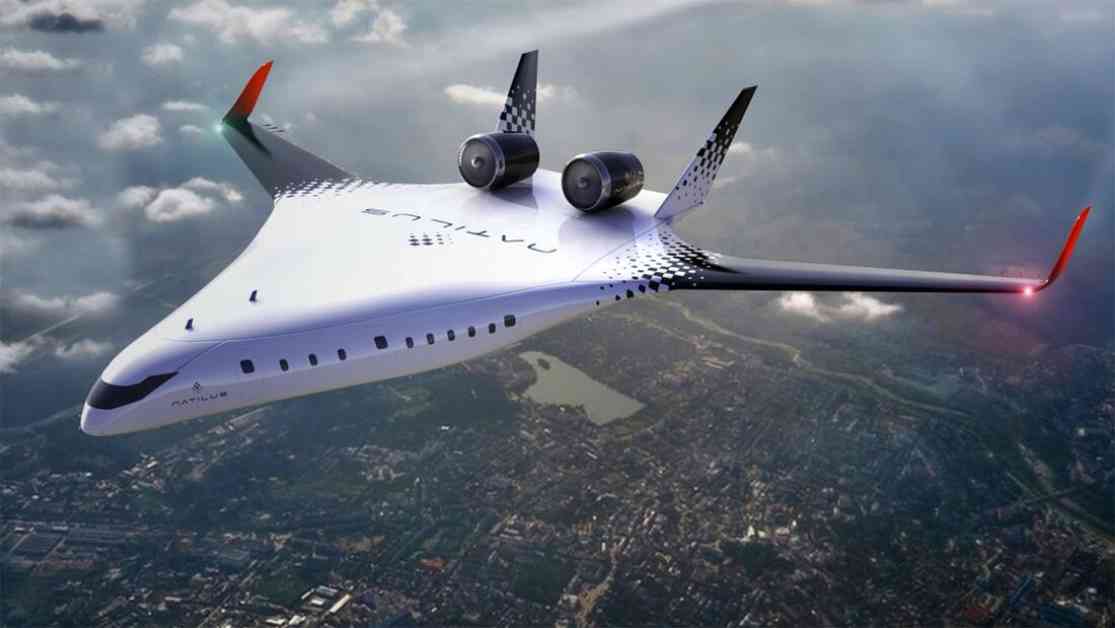The numbers are promising: The new Horizon Jet is said to be a quarter lighter than comparable aircraft, and with a 40% larger capacity, it will only require half the operating costs. The airliner can accommodate 200 passengers and has a payload of 28 tons with a range of 6475 kilometers. This is made possible by the design as a so-called Blended-Wing Body. Here, the fuselage seamlessly merges into the wing and contributes to some of the aerodynamic lift. This reduces air resistance and therefore fuel consumption. Additionally, mounting the engines on the fuselage back also reduces noise pollution.
Turboprop freighter as the first model
Established aircraft manufacturers such as Airbus, Boeing, Bombardier, or Northrop Grumman have been investigating the concept for some time. However, according to the founders Aleksey Matyushev (formerly Chief Aerodynamicist at Piper Aircraft) and Anatoly Starikov, a product of the company Natilus, founded in California in 2016, will be the first to hit the market. The Kona freighter aircraft is expected to have a payload of 3.8 tons and a range of 1665 kilometers. It will be powered by two propeller units.
First flight tests
In April 2023, the first flight tests of a quarter-scale model began. The next step is the construction of a demonstrator with a wingspan of 26 meters, scheduled for completion next year. Natilus has chosen the ZA600 engine from ZeroAvia for the aircraft, a combined hydrogen-electric propulsion system expected to be certified next year.
Military versions
Natilus also sees advantages for military applications of the Blended-Wing design. The San Diego-based company is marketing versions as tankers or transporters.
Ambitious endeavor
However, developing the Horizon will require significant financial resources. Furthermore, history has shown that few new contenders have fared well in direct competition with industry giants like Airbus and Boeing. Whether the first Natilus airliners will actually transport passengers as planned in the early 2030s remains to be seen.
The concept of the Blended-Wing Body design has been a topic of interest for many aircraft manufacturers, and its potential benefits in terms of fuel efficiency and capacity are significant. The innovative approach taken by Natilus in developing the Horizon Jet shows a commitment to pushing the boundaries of traditional aircraft design.
While the challenges of competing with established industry players are daunting, the determination of the founders and the progress made in the development of the aircraft demonstrate a promising future for the project. It will be interesting to see how the Horizon Jet performs in real-world operations and whether it will indeed revolutionize the aviation industry as envisioned. Stay tuned for more updates on this groundbreaking venture.

















